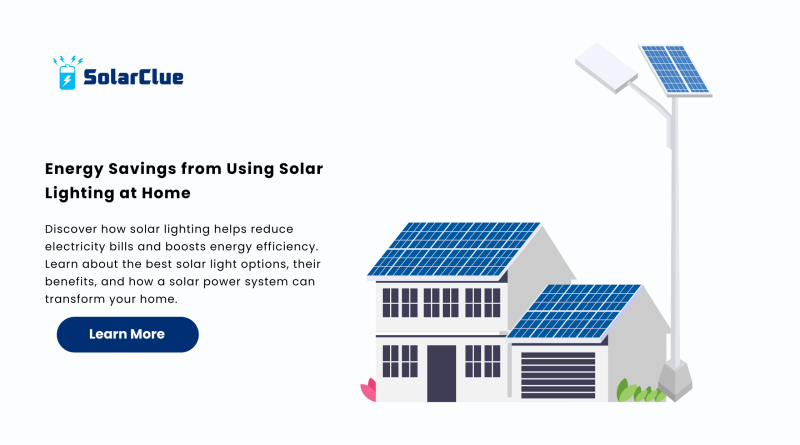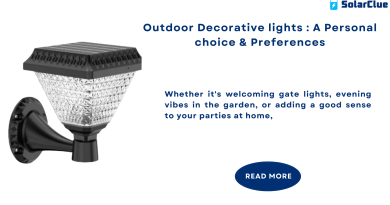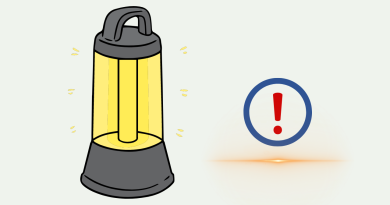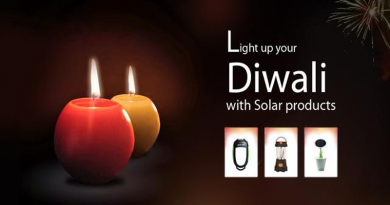Energy Savings from Using Solar Lighting at Home
Switching to solar lighting isn’t just a trend—it’s a smart move toward saving energy and reducing utility bills. Whether you’re illuminating your garden, driveway, or indoor space, using solar light for home can make a meaningful difference. In this blog, we’ll explore how solar power brings financial and environmental benefits, the types of solar light available, how to choose the best solar light, and how you can improve solar light efficiency for maximum return on investment. Let’s dive into Energy Savings from Using Solar Lighting at Home.
Table of Contents
- 1 Why Solar Lighting Is a Game-Changer for Homes
- 2 How Much Energy Can You Save Using Solar Lights?
- 3 Understanding Solar Light Efficiency
- 4 Choosing the Best Solar Light for Your Needs
- 5 Integrating Solar Lighting with a Full Solar Power System
- 6 Environmental and Long-Term Financial Benefits
- 7 Ideal Places to Use Solar Lights at Home
- 8 Common Myths About Solar Lighting
- 9 Real-World Example
- 10 FAQs
Why Solar Lighting Is a Game-Changer for Homes
In a world that’s rapidly moving toward renewable energy, solar power is leading the charge. One of the most accessible and effective applications of solar power in residential settings is lighting. Unlike traditional lighting systems that rely on electricity from the grid, solar lighting uses energy from the sun—completely free and abundant.
The core components include a solar panel, rechargeable battery, LED light, and a controller. During the day, the panel absorbs sunlight and converts it into electrical energy, which is stored in the battery. When night falls, the battery powers the LED lights, providing clean and cost-effective illumination.
How Much Energy Can You Save Using Solar Lights?
The amount of energy saved depends on the type and number of solar lights you use. On average, switching 10 traditional outdoor lights to solar light can save you between 500 to 1,000 kWh annually. This translates to around ₹3,500 to ₹7,000 in savings each year, depending on your local electricity rates.
If you’re using solar light for home interiors strategically, especially in areas like staircases, balconies, or hallways, the savings can multiply. Plus, they provide backup during power cuts—a huge bonus in areas prone to outages.
Understanding Solar Light Efficiency
When it comes to energy savings, solar light efficiency plays a crucial role. Efficiency refers to how well the solar panel converts sunlight into usable electricity and how effectively the stored energy is used for lighting. A higher-efficiency light will give you more illumination per watt of solar energy stored.
To boost solar light efficiency:
-
Install lights in areas with maximum sun exposure
-
Keep the solar panels clean
-
Choose LEDs over traditional bulbs for higher efficiency
-
Ensure proper battery maintenance
High-efficiency solar lights last longer and charge quicker, maximizing your energy savings.
Choosing the Best Solar Light for Your Needs
Not all solar lights are created equal. To get the most out of your investment, it’s important to choose the best solar light that aligns with your specific requirements.
Here are some factors to consider:
-
Brightness (measured in lumens) – Choose higher lumens for outdoor security or pathway lights, and moderate ones for decorative or indoor use.
-
Battery capacity – Longer battery life means lights will last throughout the night.
-
Weather resistance – Look for waterproof and dustproof ratings, especially for outdoor solar light for home use.
-
Automatic operation – Motion sensors or dusk-to-dawn sensors can improve efficiency and convenience.
Some of the best solar light options in India include motion-sensor floodlights, solar lanterns, garden path lights, and wall-mounted solar lamps.
Integrating Solar Lighting with a Full Solar Power System
While solar lighting is an excellent start, integrating it with a complete solar power system can optimize your household’s energy efficiency. A solar power system can run appliances, charge batteries, and support both lighting and heavy-duty needs.
Many homeowners now start with solar lighting and gradually scale up to full systems, making their homes nearly energy-independent. This step-by-step approach allows savings to accumulate while reducing environmental impact.
Environmental and Long-Term Financial Benefits
Apart from energy savings, using solar light contributes to environmental conservation. You reduce your carbon footprint by avoiding energy produced from fossil fuels. Since solar lights use LEDs, they also minimize heat output and energy wastage.
From a financial perspective, the return on investment (ROI) for solar light for home setups can be realized within a year or two. With minimal maintenance and a lifespan of 5–10 years for most solar lights, the savings keep coming.
Ideal Places to Use Solar Lights at Home
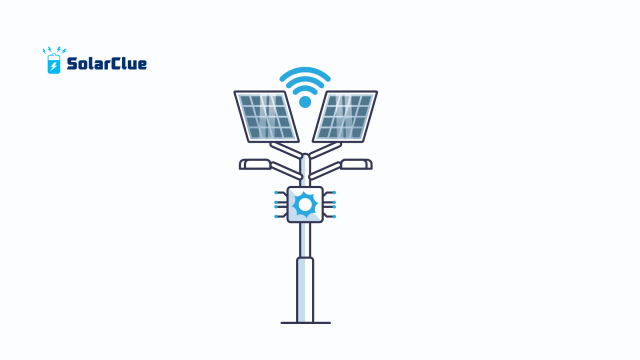
Here are some of the best places to install solar lights:
-
Driveways and walkways – For safe navigation and security.
-
Terraces and balconies – Perfect for relaxing evenings.
-
Staircases – Prevent falls during power outages.
-
Garden areas – To create ambiance and visibility.
-
Perimeter walls or fences – For added security at night.
Strategically placing solar lighting in these areas ensures optimum usage and helps you maximize energy savings.
Common Myths About Solar Lighting
Let’s bust a few myths:
-
Myth: Solar lights don’t work during monsoon or winter.
Fact: Good-quality solar lights can charge even in cloudy conditions and often come with backup batteries. -
Myth: They’re not bright enough.
Fact: The best solar light models offer high-lumen output that rivals wired electric lights. -
Myth: They are expensive.
Fact: Prices have dropped, and energy savings make them cost-effective in the long run.
Real-World Example
Ravi, a homeowner from Pune, installed 15 solar lights in his garden and terrace. His electricity bill dropped by over ₹6,000 per year. More importantly, he now has light during outages and has reduced his reliance on grid power—proof that even small changes lead to meaningful savings.
FAQs
Q1. How long do solar lights last?
Most solar lights last between 5–10 years depending on the quality of the components and how well they’re maintained.
Q2. Can I use solar lights indoors?
Yes, many solar light for home options are designed for indoor use. Just make sure the panel gets adequate sunlight for charging.
Q3. What happens on cloudy or rainy days?
Solar light systems can still charge under diffused sunlight. Most come with battery backups that store energy for use during low-sunlight periods.
Q4. Do solar lights require wiring?
No. Most solar lights are wireless, making them easy to install anywhere around the home or garden.
Q5. How can I improve the efficiency of my solar light?
Keep the panels clean, position them in full sunlight, and ensure batteries are working optimally to maximize solar light efficiency.
Making the switch to solar lighting is one of the smartest and easiest ways to start your clean energy journey. Whether you’re lighting your outdoors or illuminating key areas inside, solar light for home use offers excellent returns, minimal maintenance, and long-term energy savings. It’s time to ditch the wires and embrace the sun—because when nature provides the power, why pay the bill?
To know more about solar solutions and discover the best solar light options tailored for your home, explore our detailed guides and product listings at solarclue.com and read insightful blogs at blog.solarclue.com.

